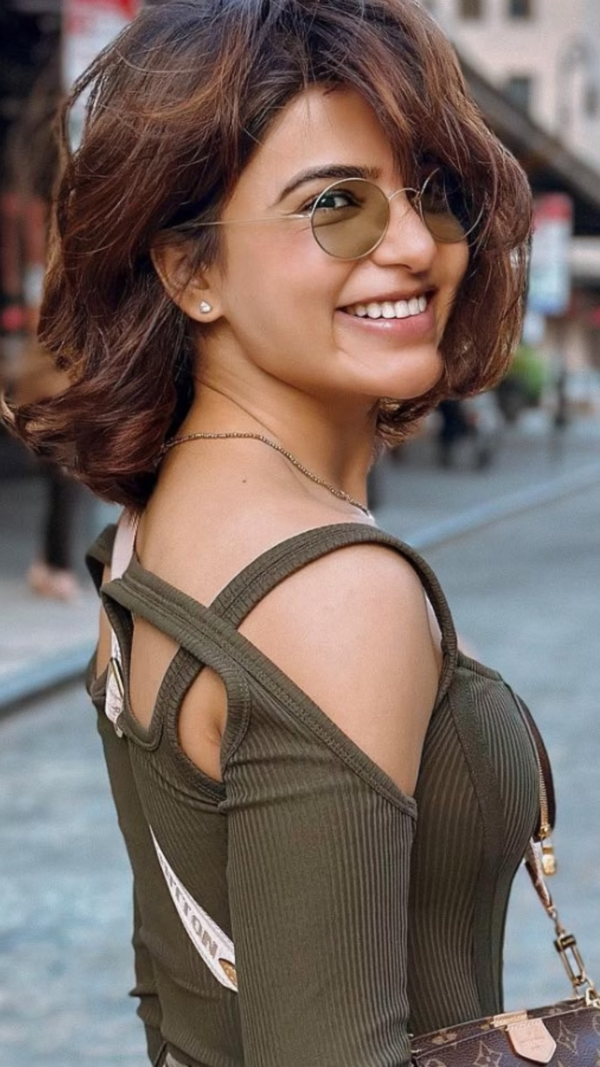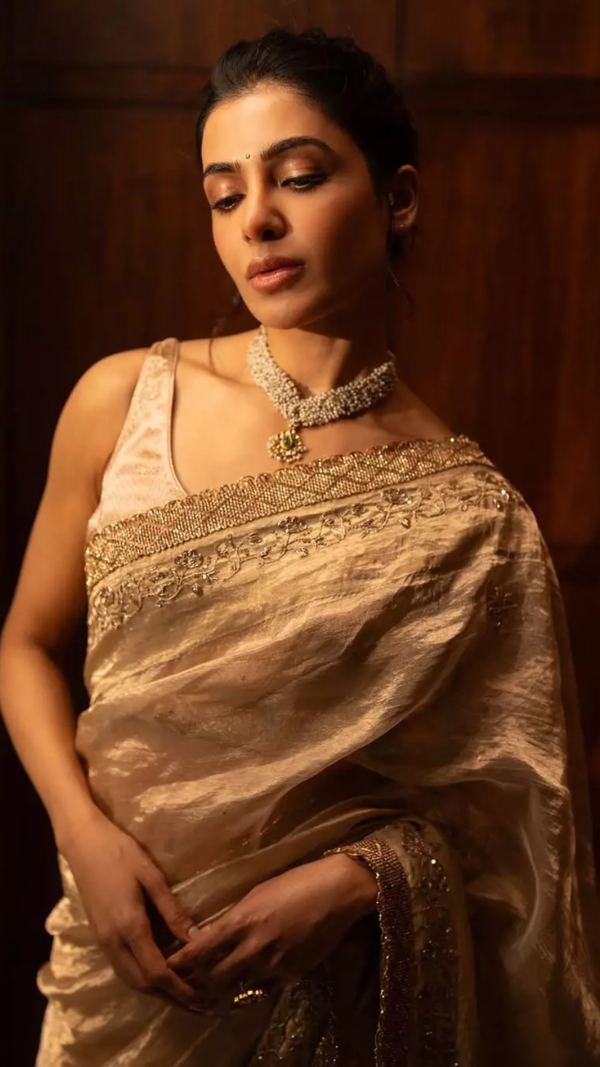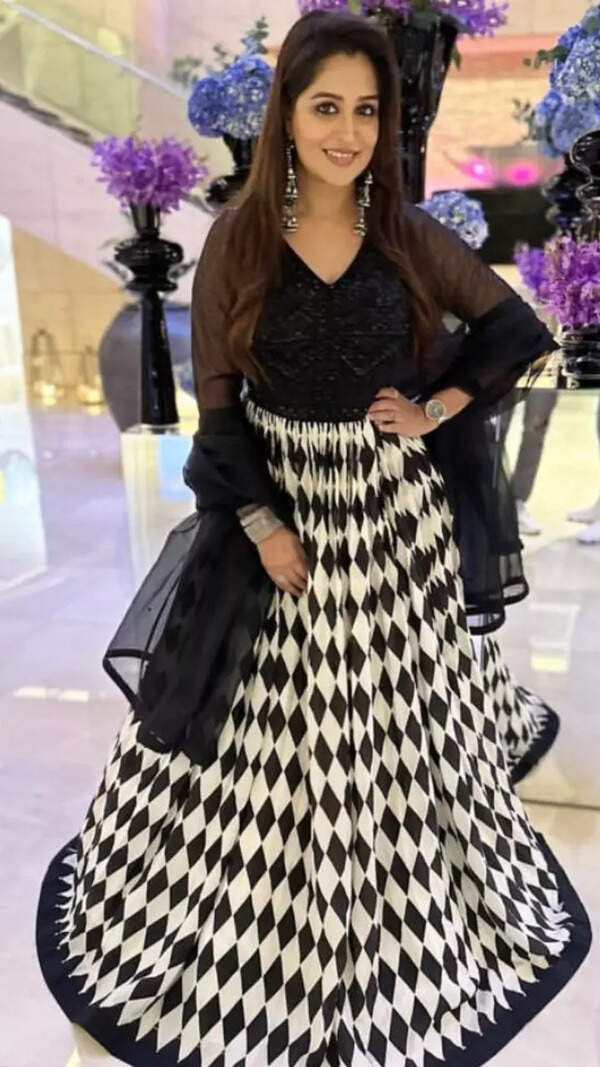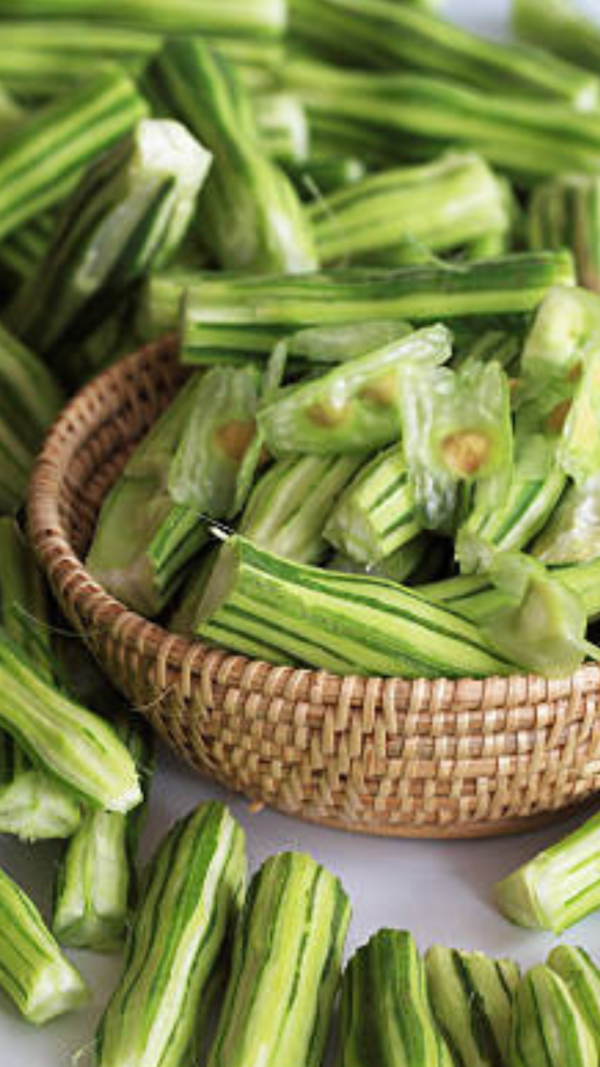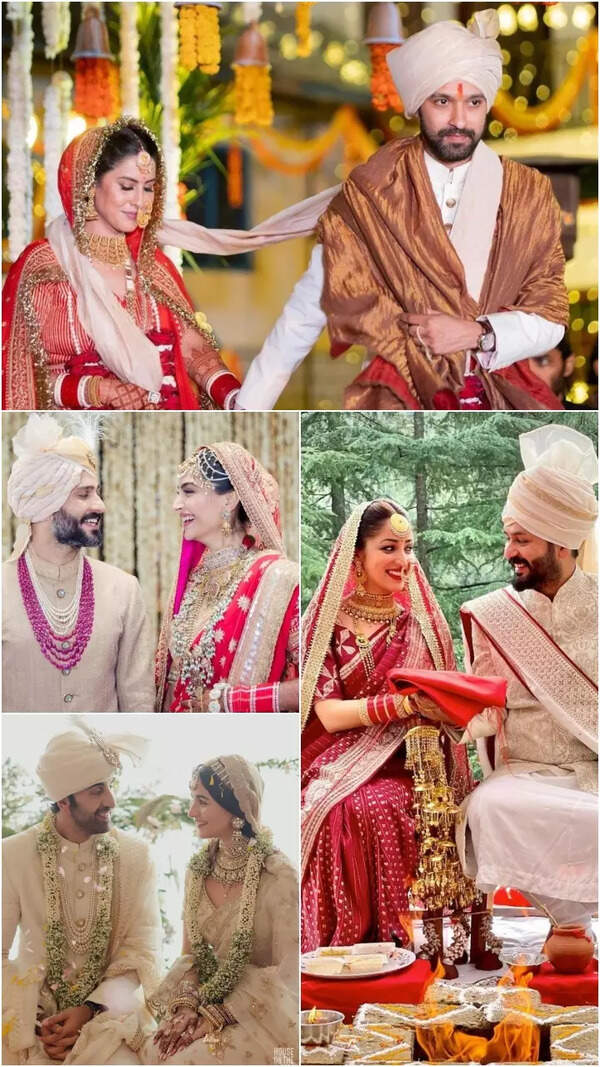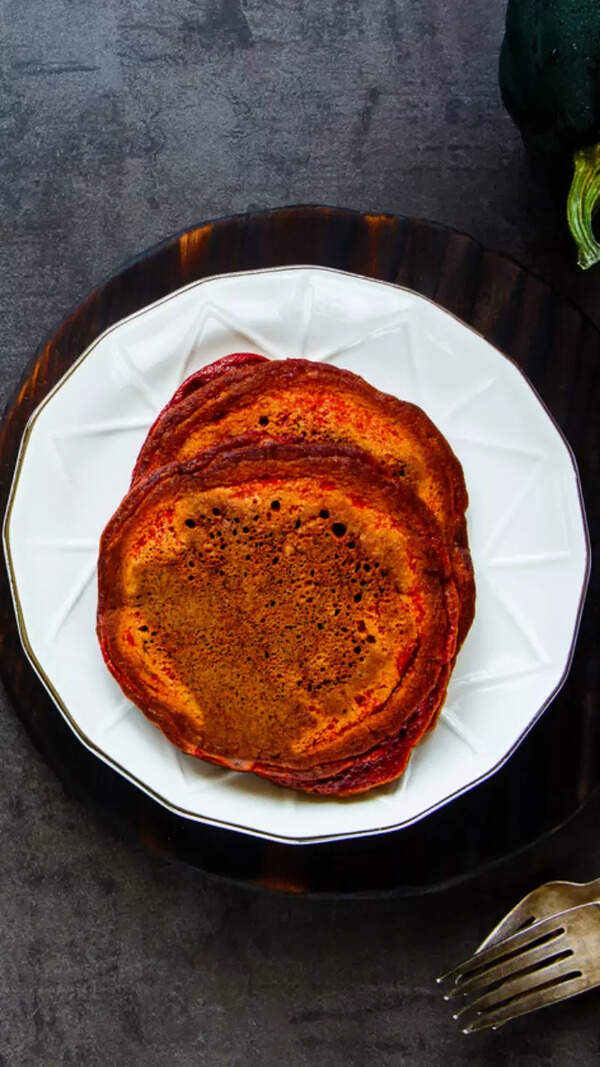- News
- entertainment
- hindi
- bollywood
- Blockbuster sets that were mini worlds of their own
Blockbuster sets that were mini worlds of their own
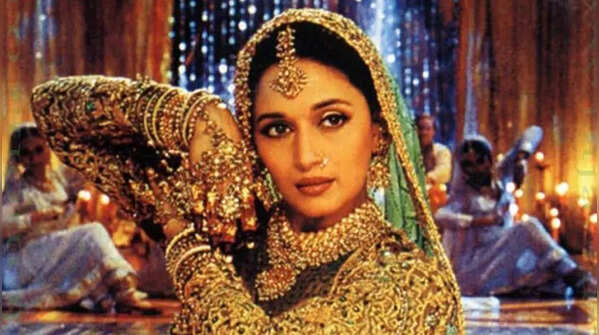
Devdas (2002)
Sanjay Leela Bhansali’s Devdas wasn’t just a film—it was an epic visual opera. From Paro’s stunning haveli to Chandramukhi’s ethereal kotha, the sets were dripping in grandeur. Built at Film City, Mumbai, these lavish interiors were constructed from scratch, with marble flooring, stained-glass windows, and ornate pillars that gave 1900s Bengal a surreal yet rooted charm. The film’s aesthetic cost over ₹20 crores—an astronomical amount at the time—and changed how Bollywood approached art direction forever. Chandramukhi’s red-toned set during "Maar Daala" remains one of the most iconic moments in Indian cinema.

Mughal-e-Azam (1960)
K. Asif’s Mughal-e-Azam set the benchmark for period films long before anyone could imagine green screens. The most unforgettable set—the Sheesh Mahal—was crafted using imported Belgian glass, taking over three years to complete. The grandeur of Emperor Akbar’s court and Anarkali’s imprisonment were constructed with such authenticity that they still inspire modern-day set designers. Madhubala’s haunting dance in “Pyar Kiya To Darna Kya,” surrounded by mirrors that catch light from every angle, is still unmatched in cinematic spectacle.

Jodhaa Akbar (2008)
Ashutosh Gowariker brought the Mughal-Rajput romance alive with Jodhaa Akbar, constructing massive sets that echoed the majesty of palaces like Amer and Fatehpur Sikri. Built at ND Studios in Karjat, the sets included intricately carved sandstone walls, Mughal-style archways, and expansive courtyards. The wedding sequence, shot in a beautifully lit mandap, felt authentic, royal, and immersive—making audiences believe they were witnessing a historic union in real time.

Padmaavat (2018)
Once again, Sanjay Leela Bhansali outdid himself in Padmaavat, crafting mini architectural marvels on set. The interiors of Chittor Fort were richly layered with Rajasthani detailing, while Alauddin Khilji’s dark, brooding palace had a menacing, gothic allure. The contrast between the serenity of Rani Padmavati’s palace and Khilji’s chaotic world was heightened through set design alone. The Ghoomar sequence, where Deepika Padukone dances amidst over 400 diyas in a grand marble hall, remains visually arresting.

Baahubali: The Beginning (2015)
Though technically a Telugu film, Baahubali redefined Indian cinema, and its elaborate sets left Bollywood filmmakers inspired. The grand kingdom of Mahishmati—with its towering waterfalls, sprawling forts, and royal chambers—was a blend of CGI and physically constructed sets at Ramoji Film City. The throne room, the war arena, and the majestic elephant statue all contributed to the mythic quality of the film, making it feel like an Indian version of Game of Thrones.

Om Shanti Om (2007)
Set in the fictional town of Husnabad, Kalank featured some of the most visually stunning sets Dharma Productions has ever attempted. A beautiful blend of Indo-Islamic architecture, the set included a massive Durga Puja pandal, a bustling printing press, and rustic lanes of old India—all constructed from scratch. The scale of the Ram Navami dance set, where Alia Bhatt’s character performs “Ghar More Pardesiya,” was jaw-dropping and showcased opulence with a touch of melancholy.

Kalank (2019)
Set in the fictional town of Husnabad, Kalank featured some of the most visually stunning sets Dharma Productions has ever attempted. A beautiful blend of Indo-Islamic architecture, the set included a massive Durga Puja pandal, a bustling printing press, and rustic lanes of old India—all constructed from scratch. The scale of the Ram Navami dance set, where Alia Bhatt’s character performs “Ghar More Pardesiya,” was jaw-dropping and showcased opulence with a touch of melancholy.

Lagaan (2001)
Ashutosh Gowariker’s Lagaan was a masterclass in authenticity. The dusty village of Champaner was not an existing location—it was a full-scale set built in Bhuj, Gujarat. With real mud houses, local extras, and no artificial enhancements, the film immersed its cast and audience in the story. The actors even lived in those houses during the shoot, giving the cricket match sequences a raw, lived-in energy rarely seen in period dramas.
